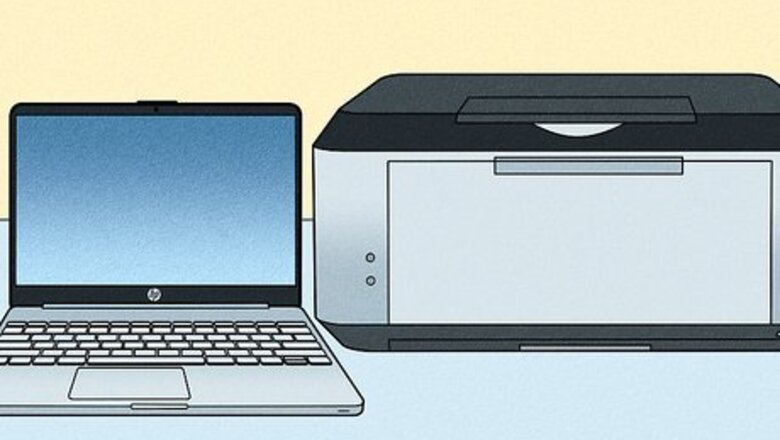
views
- To connect a wired printer, plug in its USB cable into your computer.
- To connect a wireless printer, connect it to your Wi-Fi network using the built-in controls.
- On Windows, set up your printer in the Printers & scanners menu of Settings.
- On Mac, set up your printer in the Printers & Scanners menu of System Preferences.
Connect a Wired Printer on Windows
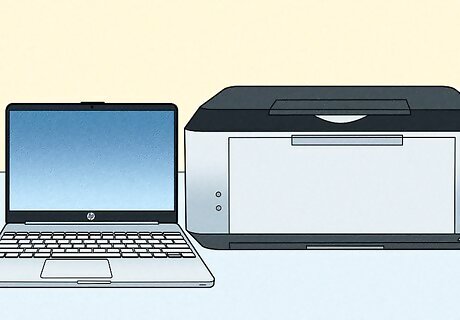
Set your printer near your computer. Make sure that it is close enough that the cable can reach your computer without tension.
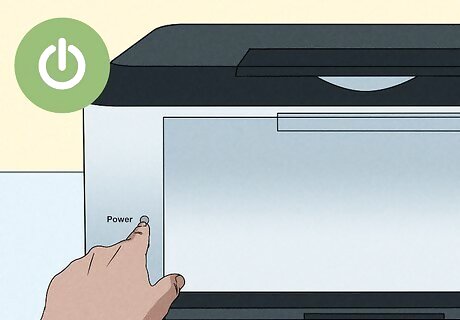
Turn on your printer. Press your printer's power button; it will likely have a Windows Power icon on or next to it. Your printer must be plugged into a power source.
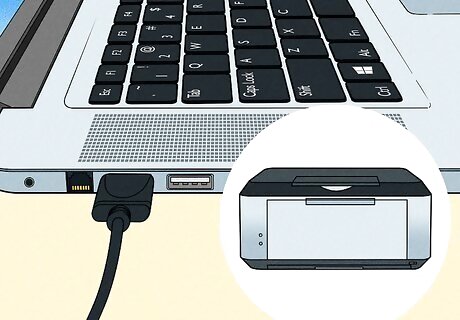
With you computer turned on and unlocked, plug the printer into your computer using a USB cable. In some cases, simply plugging your printer into your computer in this way will automatically setup and properly install the printer, making it ready to use.

Open Start Windows Start. Click the Windows logo in the bottom-left corner of the screen.
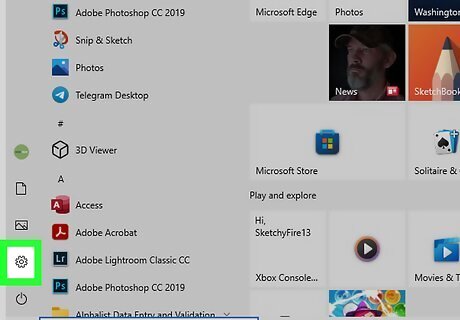
Click Settings Windows Settings. It's in the lower-left side of the Start window. On Windows 11, you need to search “Settings” and select the Settings app.
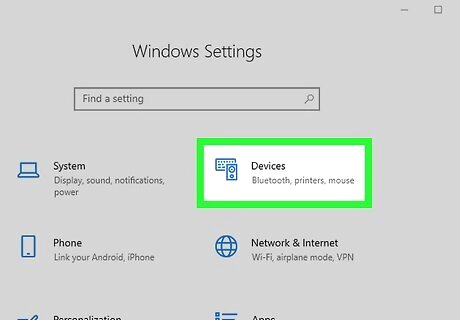
Click Devices. This option is near the top of the Settings window. In Windows 11, select Bluetooth & devices in the sidebar menu.
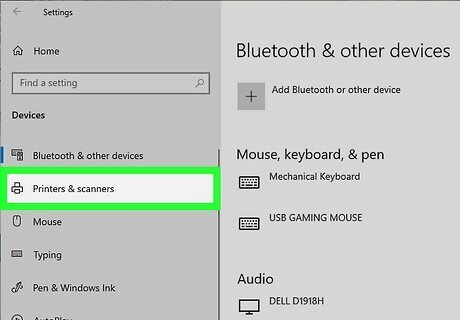
Click Printers & scanners. It's a tab on the left side of the window. In Windows 11, Printers & scanners is in the list of menu options below your existing devices.
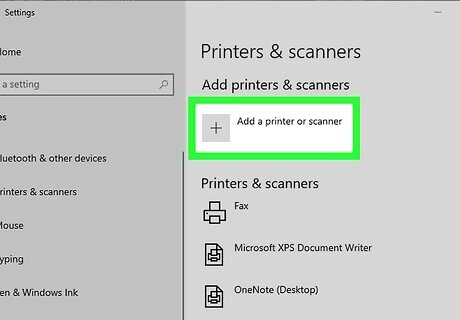
Click Add a printer or scanner. This button is at the top of the page. In Windows 11, click Add device next to “Add a printer or scanner”.
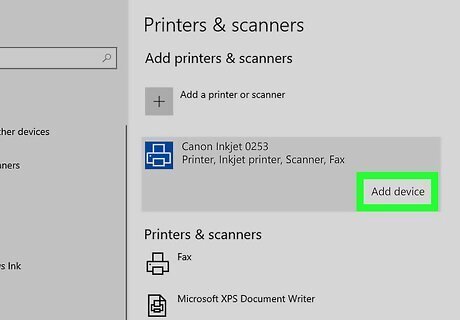
Click your printer's name and click Add device. This will typically be a combination of the printer's manufacturer (e.g., "HP"), the printer's model name, and the model number. If you don't see your printer's name here, click the The printer that I want isn't listed link below the Add a printer or scanner button and follow the on-screen instructions.
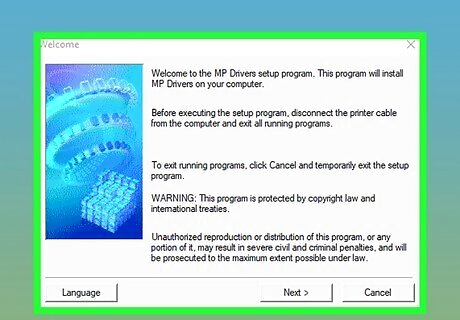
Follow the on-screen instructions. Depending on your printer, you may need to customize your settings before the printer is ready; once you're done, the printer will be available for use. If prompted, insert the CD that came with your printer into your computer's disc slot. If you bought your printer second-hand and it didn't come with a CD, you can usually download the same software from the manufacturer's website. For additional info, see our full guide on installing a printer.
Connect a Wired Printer on Mac
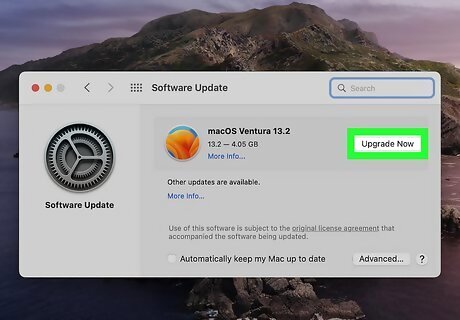
Update your Mac. Before you connect a printer to your Mac, you'll need to make sure that all of the most recent drivers and patches are installed on your computer.
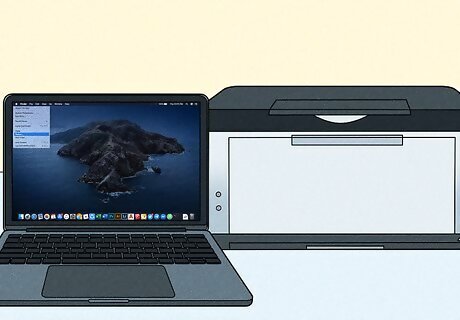
Set your printer near your computer. Make sure that it is close enough that the cable can reach your computer without tension.
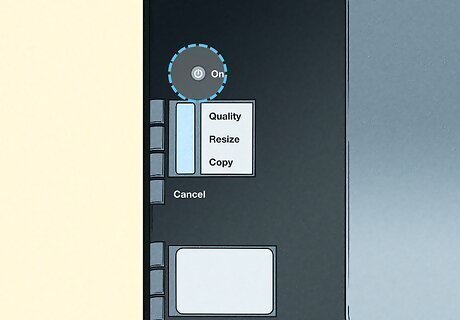
Turn on your printer. Press your printer's power button; it will likely have a Windows Power icon on or next to it. Your printer must be plugged into a power source.
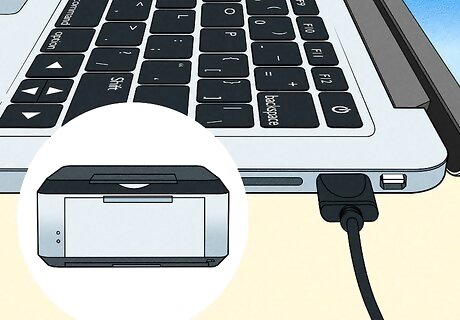
Plug the printer into your computer using a USB cable. The USB cable should plug into a USB port on your computer's housing. Printers typically have a USB-B port and come with a USB-A to USB-B cable. If your computer doesn’t have a USB-A port but it does have USB-C, you’ll need to buy a USB-C to USB-B cable. Or, you can get a USB-C hub that connects to your computer and has USB-A ports. If your Mac doesn't have a USB-A port, you'll need to buy a USB-C-to-USB-A adapter. Your computer must be turned on and logged in when you do this.
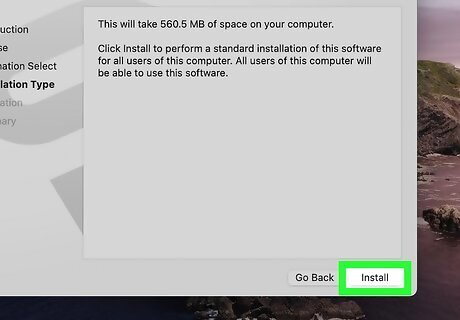
Click Install and follow the onscreen prompts. As long as your printer is compatible with your Mac, it will most likely install on your computer right away; however, you may need to click the Download & Install or Install button on a pop-up window to complete the installation. Once this process is complete, your printer is ready to use on your Mac.
Connect a Wireless Printer on Windows
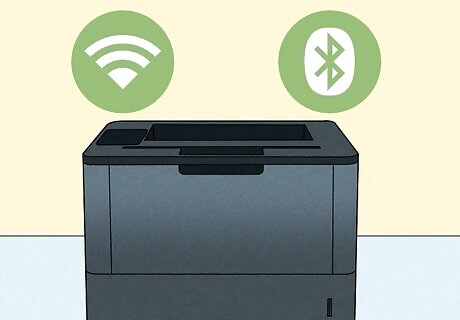
Check your printer’s possible network connections. If your printer connects over Bluetooth instead of Wi-Fi, the process for preparing your printer for connection will vary slightly.
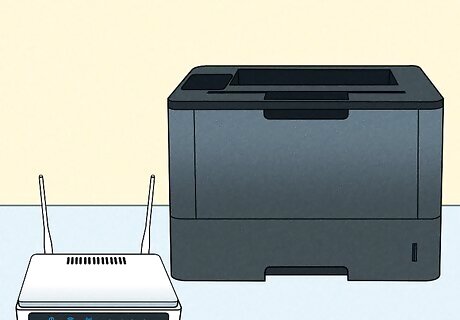
Set your computer in a location that can get your wireless signal. Your printer will need to be able to communicate with your wireless router, so you can't place it too far away from the router. Setting up a wireless printer connection is useful for printing from anywhere in your home, especially if you use a laptop that you move a lot.
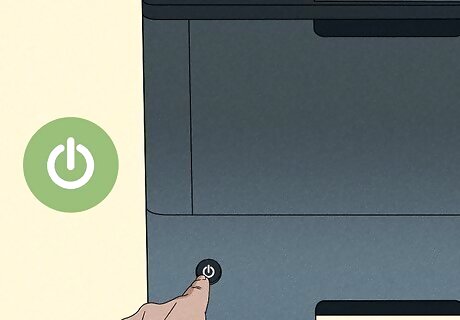
Turn on your printer. Press your printer's power button; it will likely have a Windows Power icon on or next to it. Your printer must be plugged into a power source. If necessary, also plug the printer's Ethernet cable into the router.
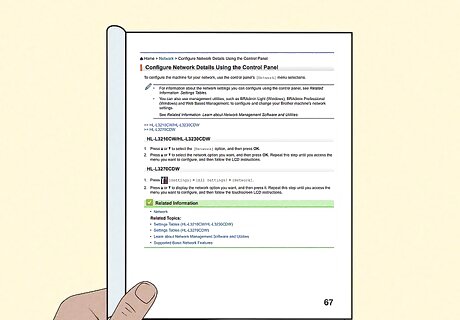
Check the manual that came with your printer for specific network setup instructions. If you don't have your manual, you can find it on the manufacturer's support site. Some printers need to be connected directly to your Windows or Mac computer before they can be used wirelessly, while others allow you to complete the wireless setup process entirely on the printer itself. If your printer supports wireless networks, then you will usually need to use the menu interface on the printer to search for your wireless network. Once you connect, you will need to enter in your wireless password. Some printer models also support WPS, which allows you to connect to a network by pressing the WPS button on the router, instead of entering the router password.
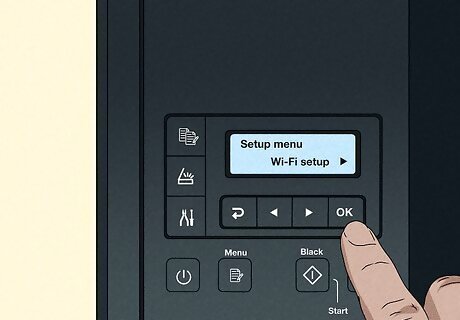
Prepare the printer for connection. To do so: Wi-Fi - Use your printer's screen to find the Wi-Fi setup page, then enter your network's password. This must be the same network to which your computer is connected. WPS - Select the WPS options in the printer’s network setup menu. Then select your router in the list. Bluetooth - Press the "Pair" button, which will usually have the Bluetooth "B" icon on or next to it. EXPERT TIP Brandon Phipps Brandon Phipps Technology Specialist Brandon Phipps is a Technology Specialist based in Bakersfield, CA. He is the owner of Second Star Technologies and specializes in Managed IT Services for small and mid-sized businesses in Bakersfield, CA. With over 23 years of experience, he offers expert cloud computing, cybersecurity, and network management solutions. Brandon is a committed community member and coach who leads and innovates in tech and sports coaching. His dedication to local businesses and communities is evident in his hands-on, tailored approach to IT solutions. Brandon Phipps Brandon Phipps Technology Specialist Wi-Fi Protected Setup (WPS) enables wireless connectivity between your printer and router. This feature connects your printer to a wireless network without using a computer or network name and password. Instead, you will use the WPS button or the WPS pin (unique code used for device connection).

Open Start Windows Start. Click the Windows logo in the bottom-left corner of the screen.

Click Settings Windows Settings. It's in the lower-left corner of the Start window. On Windows 11, you need to search “Settings” and select the Settings app.
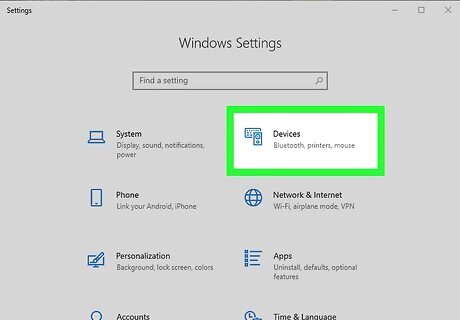
Click Devices. This option is near the top of the Settings window. In Windows 11, select Bluetooth & devices in the sidebar menu.
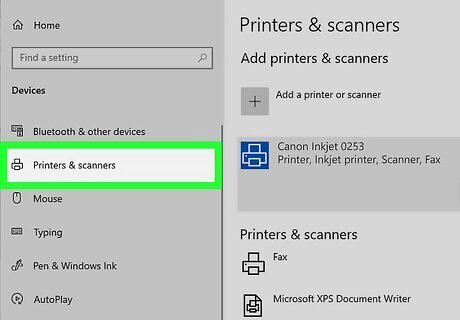
Click either Printers & scanners or Bluetooth & other devices. These tabs are on the left side of the window. If you're connecting a Wi-Fi printer, you'll click Printers & scanners. For a Bluetooth printer, click Bluetooth & other devices.
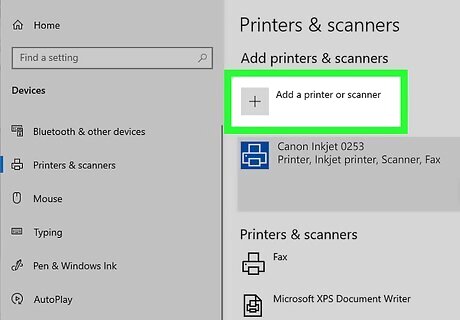
Click Add a printer or scanner or Add Bluetooth or other device. These are at the top of the page, and depend on whether your're connecting a Wi-Fi printer or a Bluetooth printer. In Windows 11, click Add device next to “Add a printer or scanner”. When connecting a Wi-Fi printer, you may see the printer's name already listed on the page. If so, your printer is connected. You may first have to click the Bluetooth switch to enable Bluetooth on your computer. If you don't see your printer's name here, click the The printer that I want isn't listed link below the Add a printer or scanner button and follow the on-screen instructions.
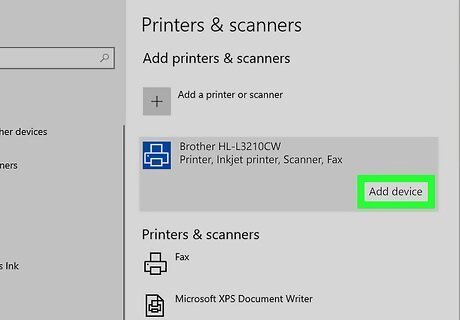
Connect your printer to your PC. Click your printer's name in the Add window; if you're connecting a Bluetooth printer, you'll also need to click Connect after selecting your printer. Doing so will connect the printer to your Windows computer. You may have to press the printer's "Pair" button again if connecting to Bluetooth. Getting an “offline” error? Try our guide for fixing an offline printer.
Connect a Wireless Printer on Mac
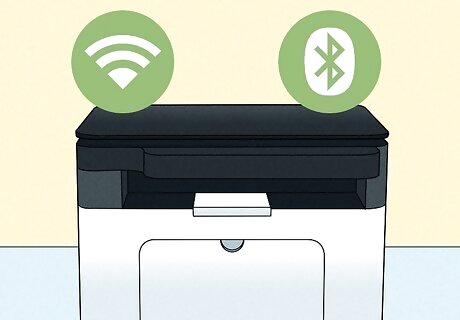
Check your printer’s possible network connections. If your printer connects over Bluetooth instead of Wi-Fi, the process for preparing your printer for connection will vary slightly. Some Wi-Fi printers must be connected directly to a wireless router via Ethernet in order to receive an Internet signal.
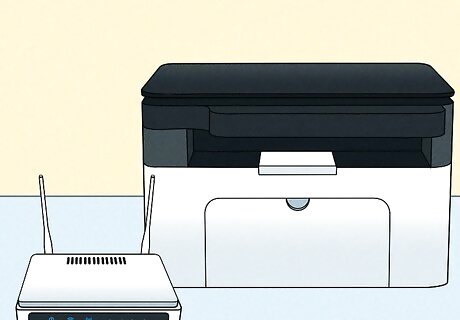
Set your computer in a location that can get your wireless signal. Your printer will need to be able to communicate with your wireless router, so you can't place it too far away from the router.
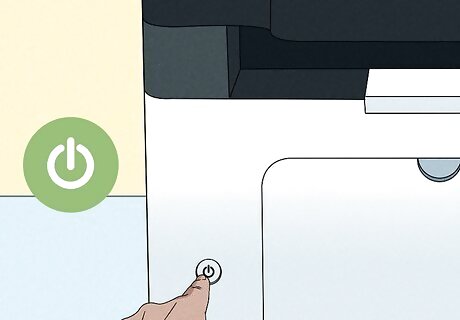
Turn on your printer. Press your printer's power button; it will likely have a Windows Power icon on or next to it. Your printer must be plugged into a power source. If necessary, also plug the printer's Ethernet cable into the router.
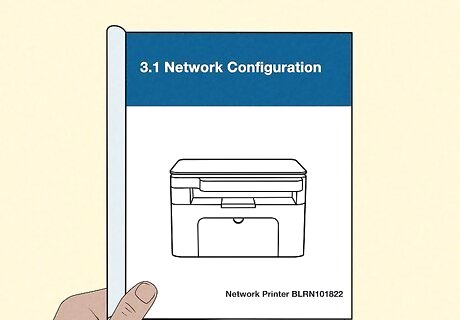
Check the manual that came with your printer for specific network setup instructions. If you don't have your manual, you can find it on the manufacturer's support site. Some printers need to be connected directly to your Windows or Mac computer before they can be used wirelessly, while others allow you to complete the wireless setup process entirely on the printer itself. If your printer supports wireless networks, then you will usually need to use the menu interface on the printer to search for your wireless network. Once you connect, you will need to enter in your wireless password. Some printer models also support WPS, which allows you to connect to a network by pressing the WPS button on the router, instead of entering the router password.
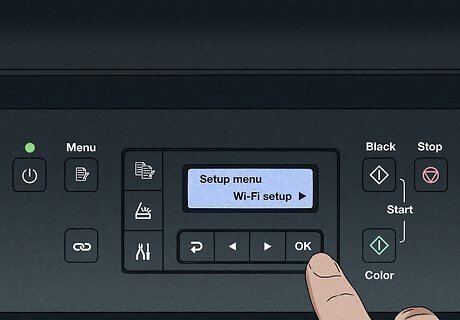
Prepare the printer for connection. To do so: Wi-Fi - Use your printer's screen to find the Wi-Fi setup page, then enter your network's password. This must be the same network to which your computer is connected. WPS - Select the WPS options in the printer’s network setup menu. Then select your router in the list. Bluetooth - Press the "Pair" button, which will usually have the crooked Bluetooth "B" icon on or next to it.
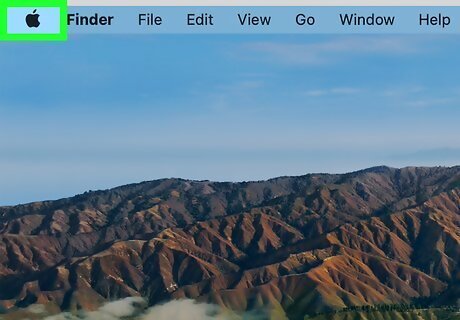
Open the Apple Menu Mac Apple. It's in the top-left corner of the screen.
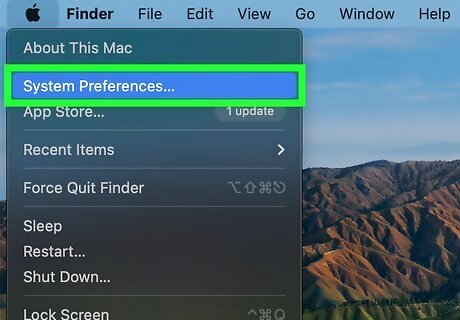
Click System Preferences. This option is near the top of the Apple drop-down menu. On macOS Ventura and later, this is called System Settings.
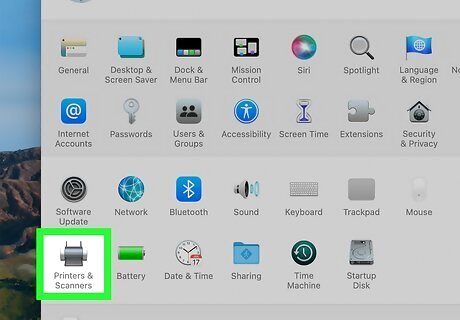
Click Printers & Scanners. It's the printer-shaped icon in the System Preferences window. You can connect both Wi-Fi and Bluetooth printers from within this menu.
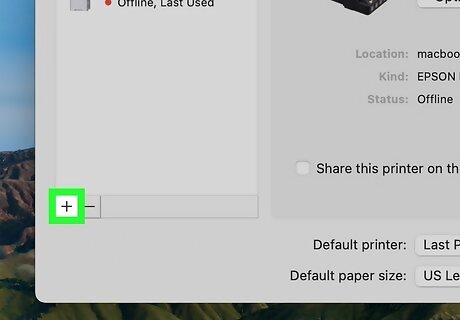
Click +. It's near the bottom-left corner of the window. If your printer is already connected over the network, you should see its name in the pane that's on the left side of the window.
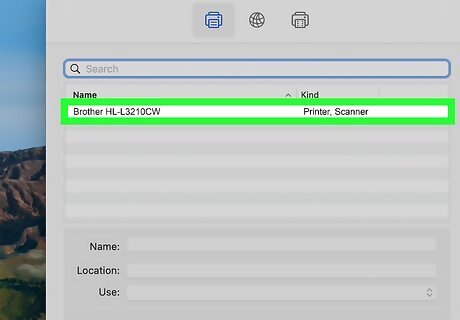
Click your printer's name. It should appear in the drop-down menu. Doing so will prompt the printer to begin setting up; once it's finished, you'll see the printer's name in the pane on the left side of the window, signifying that the printer has successfully connected to your Mac. If you don't see the printer's name, make sure you're using the same network as the printer. You may need to press the printer's "Pair" button again if connecting via Bluetooth.
Share a Printer to a Network on Windows 10
Install the printer on the computer you want to share from. You can do so over a wired connection or over a wireless connection. For other versions, check out our guide for Sharing a Printer on Windows 7 or 8.

Open Start Windows Start. Click the Windows logo in the bottom-left corner of the screen.

Click Settings Windows Settings. It's in the lower-left corner of the Start window. On Windows 11, you need to search “Settings” and select the Settings app.

Click Windows Network Network & Internet. This option is in the Settings window.
Click Status. It's a tab in the upper-left side of the window.
Click Sharing options. It's below the "Change your network settings" heading near the top of the page.

Expand the Private option. Click Android 7 Expand More to the right of Private.
Check the "Turn on file and printer sharing" circle. This option is below the "File and printer sharing" heading.
Connect to the shared printer from other Windows computers on the network. The computer that is sharing the printer must be turned on. If you want to connect to this printer from a Mac computer, skip to the next step.
Connect to the shared printer from other Mac computers on the network. The computer that is sharing the printer must be turned on. To connect: Click the Apple menu and select System Preferences or System Settings (macOS Ventura). Select Print & Scan. Click + at the bottom of the printer list. Click the Windows tab at the top of the new window. Select the printer's name from the list.
Share a Printer to a Network on Windows 11
Open Settings. To do so, press Windows Start and search for “settings.”
Go to Bluetooth & devices. This is an option in the sidebar menu of Settings.
Click Printers & scanners.
Click the name of the printer you want to share.
Click Printer properties.
Select the Sharing tab. It’s the 2nd tab at the top of the printer properties window.
Click Change Sharing Options. You’ll need to be logged in to a Windows administrator account to do so. This will unlock the ability to edit the sharing options for the selected printer.
Click the checkbox next to “Share this printer”.
Click OK. This will confirm the sharing setting. You’re all set! Other computers on the network will now be able to print from the selected printer.
Share a Printer to a Network on Mac
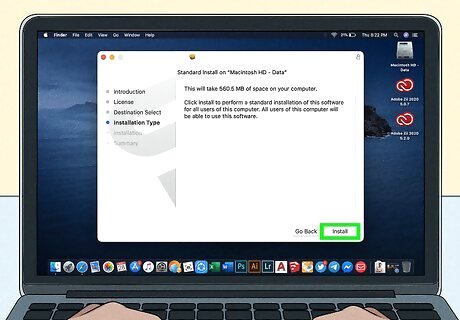
Install the printer on the Mac you want to share from. You can do so over a wired connection or over a wireless connection.
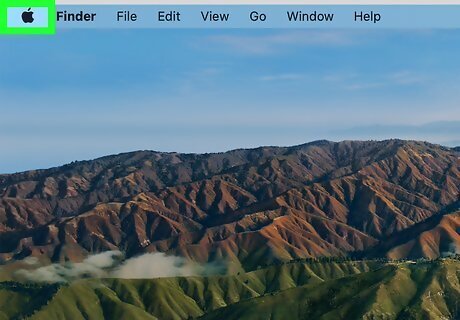
Click the Apple menu Mac Apple. This icon is in the top-left corner of the screen.
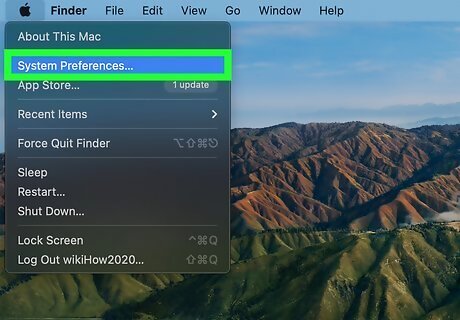
Click System Preferences. It's near the top of the drop-down menu. This is called System Settings in macOS Ventura.
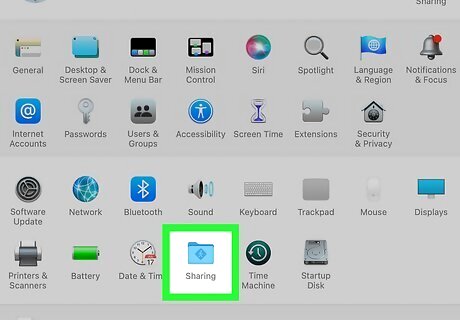
Click Sharing. This is a folder-shaped icon in the System Preferences window.
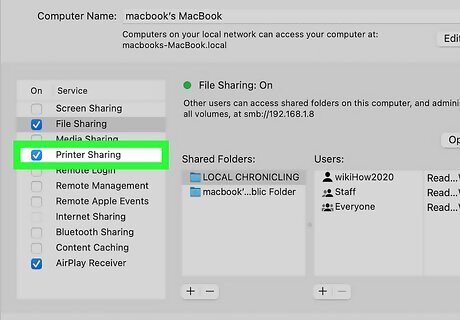
Check the "Printer Sharing" box. Doing so places a checkmark in the "Printer Sharing" box, which indicates that printer sharing is now available. If there is already a checkmark in this box, your Mac is sharing its printer.
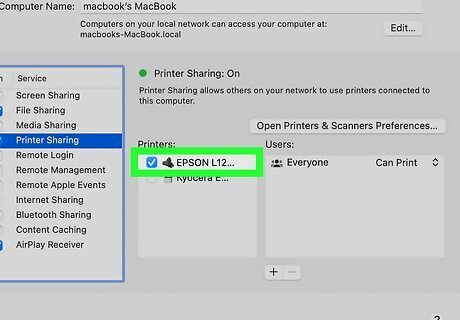
Check the box next to the printer you want to share. This will select your currently connected printer for sharing.
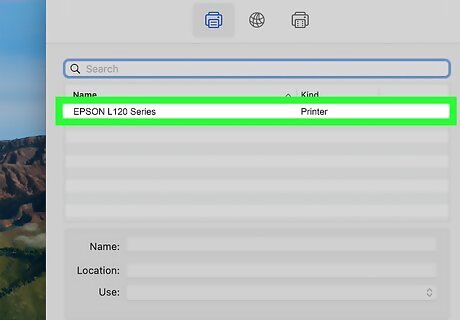
Connect to the shared printer from other Macs on the network. The computer that is sharing the printer must be turned on. To connect: Click the Apple menu and select System Preferences or System Settings (macOS Ventura). Select Print & Scan. Click + at the bottom of the printer list. Click the Default tab at the top of the new window. Select the printer's name from the list.
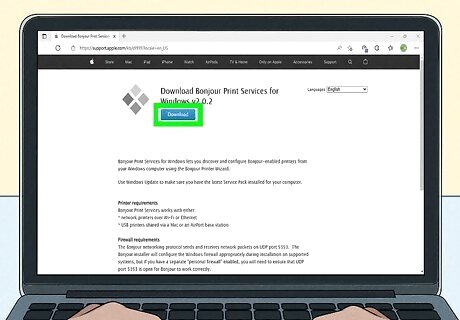
Connect to the shared printer from other Windows computers on the network. The Mac that is sharing the printer must be turned on. To connect: Go to https://support.apple.com/kb/dl999?locale=en_US. Download and install the "Bonjour Print Services for Windows" program. Run the "Bonjour Print Wizard" after installation. Select the shared printer you want to connect to. Select the correct drivers from the list if prompted to do so. Click Finish.




















Comments
0 comment